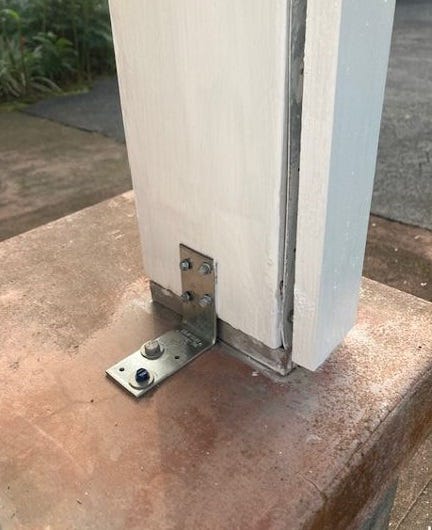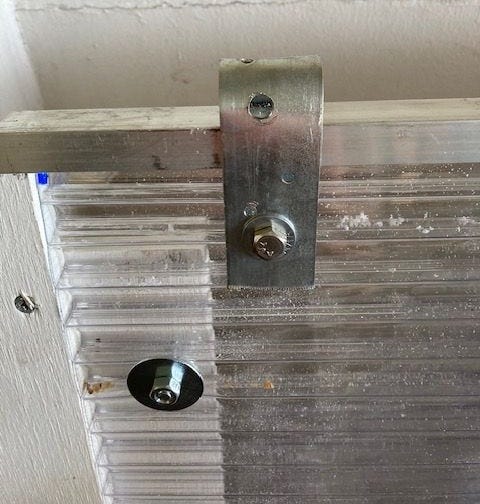What AI Can’t Do Faster, Better, or Cheaper Than Humans

Since generative AI is adept at manipulating digital text, voice and images, many assume this automatically infers it will be adept at the entirety of human endeavor and work. But this is false logic. The same false logic leads many to assume that since a humanoid robot can jump over boxes and a specialized robot can lay flooring tiles in a giant warehouse with a perfectly flat concrete floor, robots will soon be able to do every possible kind of work.
This is a layperson’s logic based on a limited grasp of what makes tasks accessible to AI / robots. Jumping over boxes and laying flooring tiles are repeatable behaviors in a narrow context. There is little ambiguity or imperfect choices to make, and little need for dexterity in not one task but dozens of different tasks, none of which are repeatable in the long, complex slog to get job done.
Manipulating text, voice and images is easy for one reason: these are digital, not real-world. All three can be broken down to pattern matching and probability based on scraping millions of existing samples. The real world isn’t quite so easy.
Here are two small examples from my own work strengthening our 70-year old house to withstand a hurricane. The fawning videos of robots laying floor tile, etc. leave out all the important contexts of the built environment: operating on a perfectly flat floor where the work is repeatable is a narrow set of conditions that only apply to a very limited number of construction projects.
The majority of homes and buildings in the U.S. are old, and so the consequences of time, settling, decay, leaks, etc.–i.e., real life–establish unique conditions with ambiguous solutions, as there are generally several ways to do the task, and each has its costs, tradeoffs and risks.
Here is a photo of a bracket connecting a post to a concrete foundation. It looks straightforward, but that’s because all the choices and work have already been done. It actually isn’t a simple job at all, as the task was not just connect the post to the foundation, but to connect the roof framing to the foundation, and that required installing a heavy steel strap–hidden behind the 1X4 wood trim–that is twisted at the top of the post and beam to connect with lag bolts to the hip rafter.

Bear with me as I explain all this, as this will strike many as tedious and complicated. But this is the point: most real-world work outside the controlled spaces of warehouses is tedious and complicated.
The first step is to correctly assess the task and the many ways it could be accomplished. The bracket size, depth of the bolts, type of bolts, size and gauge of the steel strapping, lag bolts versus through-bolts in the roof framing, type of screws used to connect the strap to the post, and so on.
Then the worker–robot or human–has to drive to the hardware store and physically select all the parts, pay the cashier, get the supplies in the vehicle and drive to the jobsite. If one part is out of stock, the worker has to figure out if there’s an alternative. Or if the worker is truly experienced, then another option is to fabricate a part.
The work is all performed on a sloping sidewalk, so reaching the beam and roof framing ten feet off the ground is problematic. Setting up the ladder to be stable looks easy, but it isn’t.
A wide range of dexterity, strength and finesse is demanded at every step. Pushing the drill hard enough to bore into concrete demands strength, but not so much that you snap the bit off. You have to be careful not to damage the bolt, and in this case, I chose to use an epoxy in the boltholes that has to be mixed in the correct proportions and applied carefully so it doesn’t make a mess.
How much pressure to apply to drill into each type of material is not easy, as various types of wood have different densities and age. It’s easy to drill right through posts and rafters if you’re not careful.
The strap has to be bent just the right way with just the right amount of force to fit against the beam and the hip rafter. This looks easy until you try it yourself. It takes a great deal of strength but applied to just the right point.
Then the 1X4 trim to cover the steel strap has to be cut to size, primed with oil paint, let dry and then painted with the finish coat. The nails holding it to the beam have to be positioned to go through the factory-drilled holes in the steel strap which are now hidden. Then the nails must be set, filled and touched up with paint.
Then the worker has to put away all the tools and the ladder, clean up the site and then move to the next task, which is fabricating a large five-foot by nine-foot panel to protect a window in the event of a hurricane. The polycarbonate panel is only four feet by eight feet, so the panel has to be extended to cover the irregular-sized window.
The most important point here is this task has near-zero similarity to the previous task: nothing is repeatable, and a whole other set of skills has to be applied. This is the real world; there are now an entirely new set of conditions and choices to be made.
Due to the configuration of the wood window frame, I decided to fabricate one panel rather than two or three. This was not the only option, and it might not have been the best. There is no one right answer to many real-world problems, and there are ambiguities and unknowns embedded in the entire process.
The panel had to be extended, and some way to connect it to the window frame had to be conjured. I chose to attached plywood strips, and fabricate my own custom clips. There were multiple options in connecting all these parts, and I chose through-bolts (bolts, washers, nuts).
Note the plywood has been painted to seal it against the weather. Note the steel U-trim that’s been added to strengthen the polycarb panel against flexing. Recall the task here is to strengthen an old house against 100-mile an hour winds and flying debris. These are non-trivial forces.

So here’s the challenge to those engineers who actually work for robotics firms and know exactly what’s demanded of the robot and its programming: can you program one of your robots to do the entire task of connecting the roof framing and post to the concrete foundation, painting and sizing the 1X4 wood trim to cover the strap, from the first step of choosing the most effective options on its own in terms of strength and cost, to driving down and obtaining the materials, doing all of the dozens of different tasks required, and then driving itself back to its place of employment–for $500?
Yes, $500 for all the labor, including programming, the capital costs of developing and manufacturing the robot, maintenance, etc. Remember, the human is self-maintaining and is fueled by a few bites of food. The human requires no special programming before moving on to the next task.
And then tackle the next project, which is completely unique, and then the next project, which is also unique, and so on, one unique project after another. How long can the robot work without recharging? How long can it work without expensive maintenance? Who’s insuring the work against defects and failures caused by the robot’s misjudging the situation or tradecraft errors?
It took me a few hours to do this first project. I’m pretty average in my skills, but any trade person with fifty years of experience accumulates tacit knowledge that cannot be reduced to algorithms or repeatable steps that can then be applied to an endless series of unique and uniquely ambiguous real-world projects where mistakes are easy and often unfixable.
The assumption that AI and robots are infallible is also not real-world. Gee, too bad your expensive robot fell off the ladder and is all busted up. Guess the $500 isn’t going to cover the damage, and you still have to get the work done. Oh, and your robot botched the work it did do before it fell, and the repair is at least $1,000. Still happy with the $500 fee?
I recently laid a new kitchen floor in a small galley kitchen that the floor-tile robot couldn’t even squeeze into, never mind lay the tongue-and-groove laminate flooring, most of which had to be cut to size. Laying the flooring was the last step in a tedious chain of much more difficult and demanding tasks, such as repairing the flooring behind the stove rotted by a leak around a plumbing vent pipe that went unnoticed for years. That one task required a dozen steps and tricks, one of which was avoiding cutting the 220V electrical cable just beneath the damage.
So here’s the challenge to robotics engineers: record a video of your robot doing a similar construction task from start to finish–measuring the as-built, driving down to the hardware store, picking up the supplies, etc., every task done with no human help, and tell me you made a profit on the $500 fee, given the stupendous capital and operating expenses of your robot.
The real world isn’t digital, and it’s unforgiving. When a robot can do what I can do in a few hours for a few hundred dollars and do so year after at a profit–net of all capital investment, programming, maintenance, etc.–by all mean let me know. But if the robot’s development, manufacture, programming and maintenance costs untold thousands of dollars, then how can anyone claim to make a profit off the modest wage paid to a human?
The infrastructure of the real world isn’t always a flat concrete floor or a level field or a repeatable task. All tasks are not equal, and those with unknowns and ambiguities that are unique to the specific conditions are the hard parts.
https://charleshughsmith.substack.com/p/what-ai-cant-do-faster-better-or
